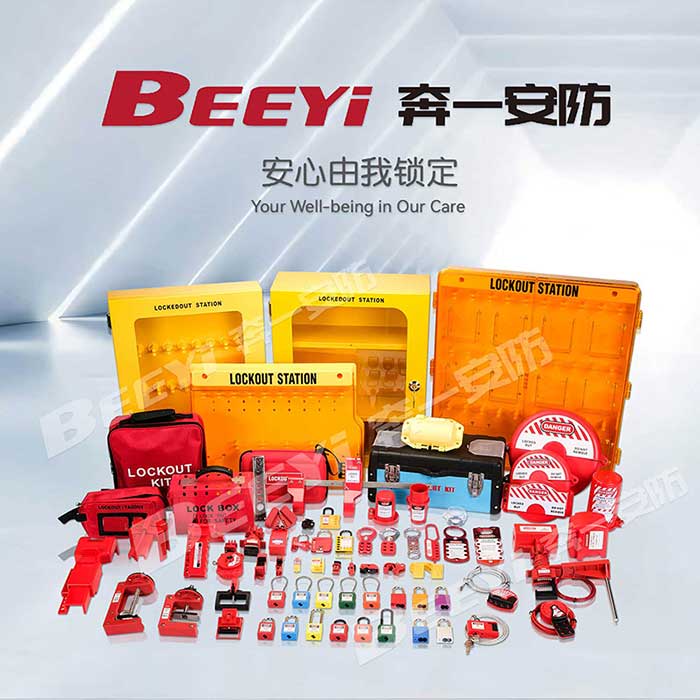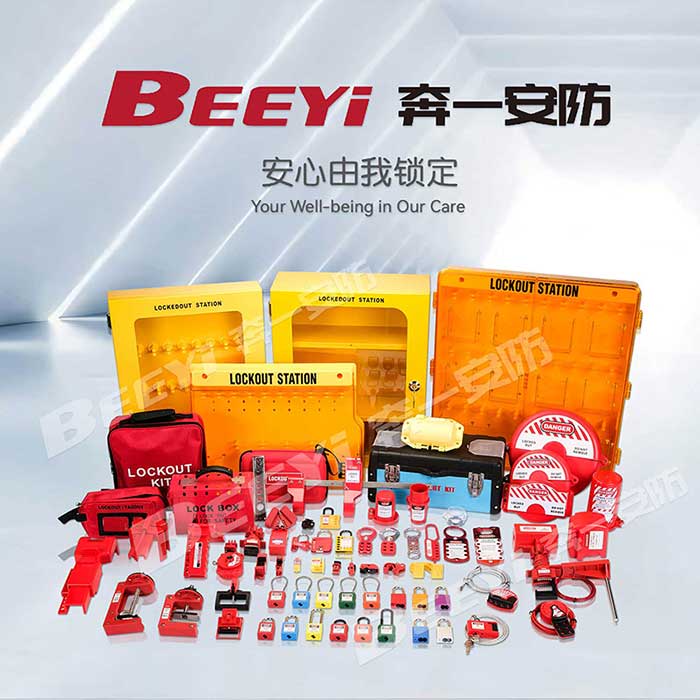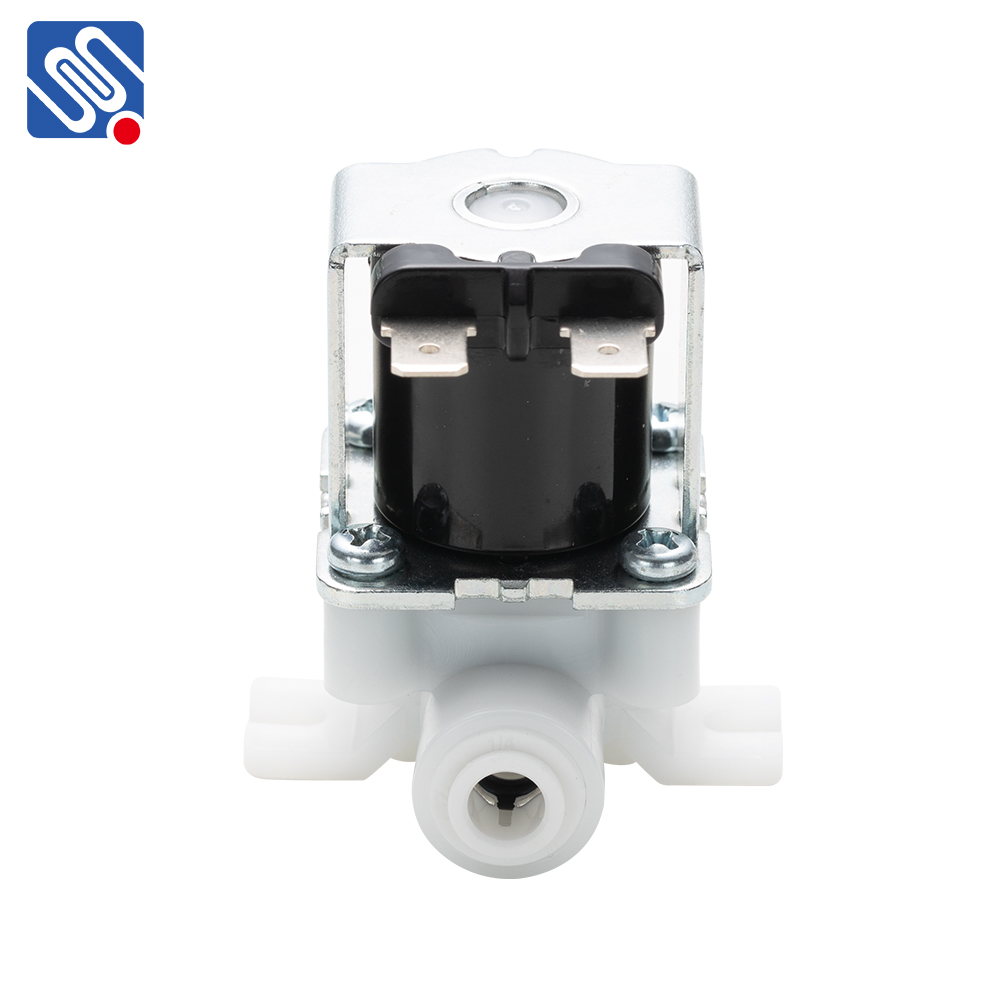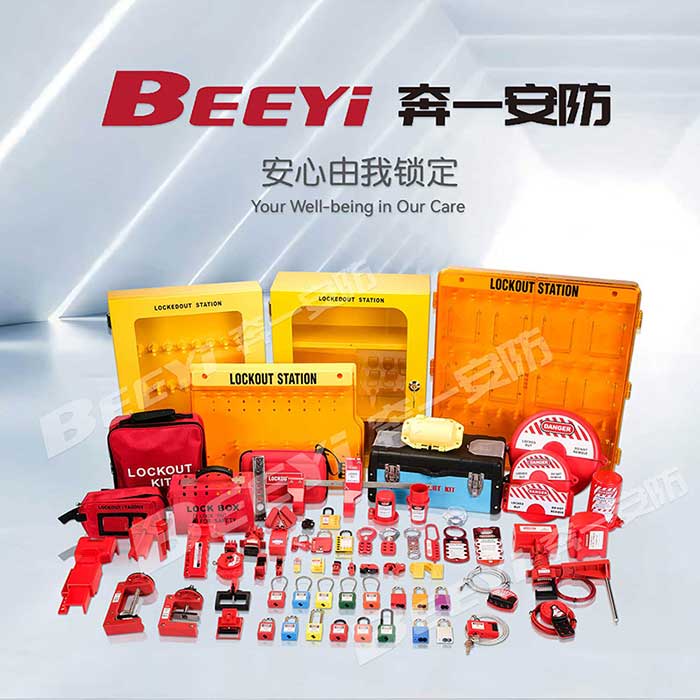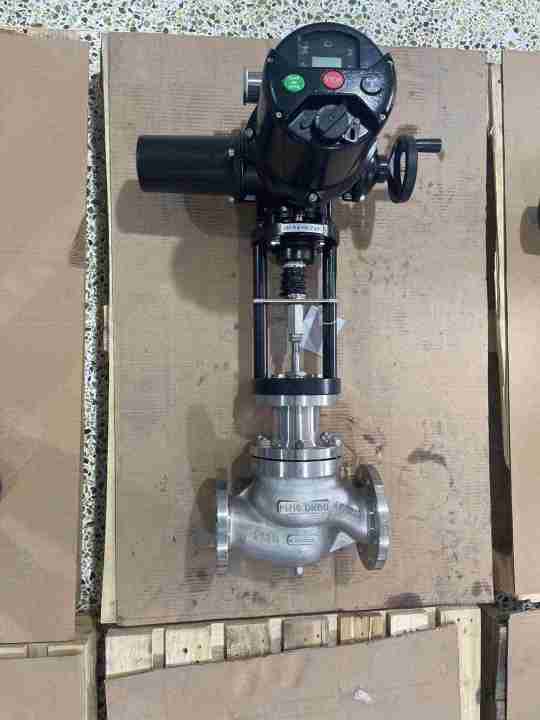In industrial environments, ensuring worker safety is paramount. One of the most effective ways to achieve this is through the use of safety padlocks. These specialized locks are designed to prevent unauthorized or accidental access to machinery or equipment during maintenance or repair. Safety padlocks play a critical role in safeguarding both workers and the general public from potentially hazardous situations. This article explores the various features, applications, and benefits of safety padlocks in industrial settings.

What is a Safety Padlock? A safety padlock is a type of lock designed for use in Lockout/Tagout (LOTO) procedures. These locks prevent the operation of machines and equipment during maintenance or repairs by locking out the power sources, thus avoiding accidental start-ups. Unlike ordinary padlocks, safety padlocks are often brightly colored, engraved with unique identifiers, and come with tamper-proof features. They are an essential part of workplace safety, particularly in environments that deal with heavy machinery, electrical systems, or hazardous substances. Key Features of Safety Padlocks
